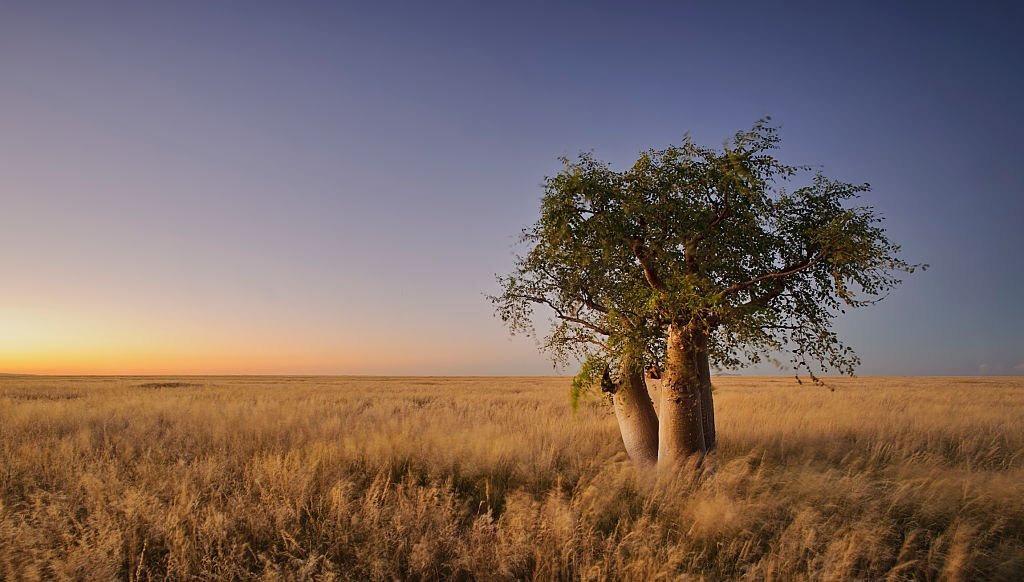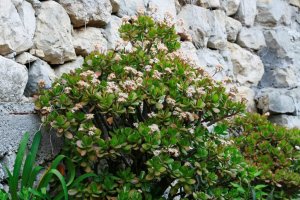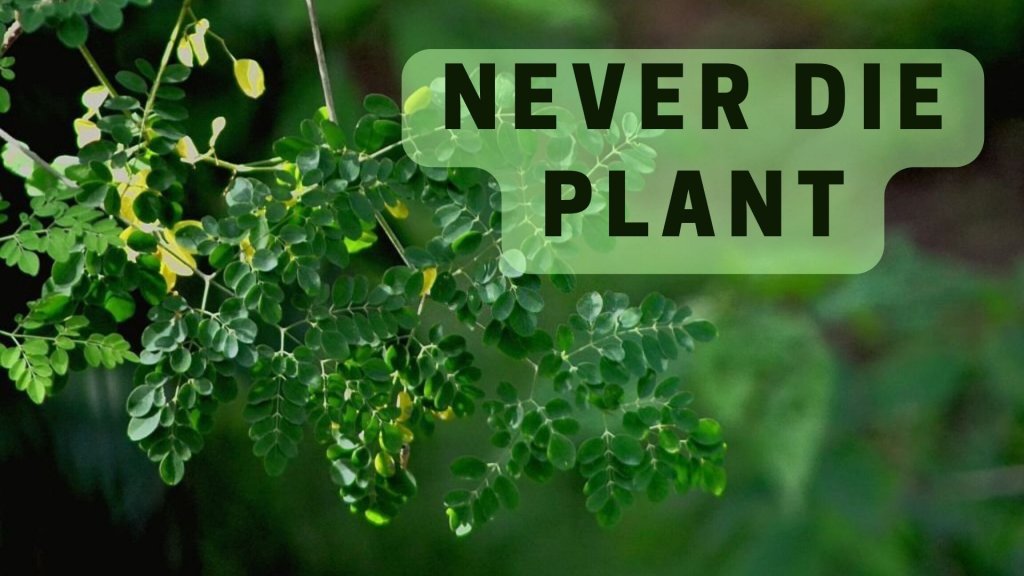
They are a significant factor to ensure the cultivation success of crops however, the one thing we can tell that is not omitted when it comes to the importance is the medicinal purposes they provide. One of the plants that have these benefits includes of the Africa Never Die plant.
The ‘Africa Never Die’ Plant
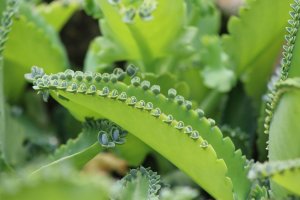
This is where I’d like to present a few of the ailments and diseases which this plant has been known to treat and treat:
Health Benefits of the ‘Africa Never Die’ Plant
- To treat constipation and stomach ulcers.
- Treatment of kidney stones.
- It is used to treat respiratory conditions like asthma, bronchitis and whooping cough, and flu.
- The herb is used for the treatment of kidney stones. The results from a research study that was conducted in 2014 have revealed that the miracle leaf reduced urine oxalates after trying the remedy with a treatment for rats.
- To treat Leukemia and other types of cancers as it has been proven to improve the quality of sleep for cancer patients.
- It is used to treat hemorrhoids (piles).
- It helps improve the health of your scalp and helps prevent premature graying of hair.
- The treatment is for diarrhea.
- The treatment is for leukorrhoea (i.e. vaginal discharge)
- Improves cholesterol and blood sugar levels, which are beneficial for diabetics.
- It is believed that the Palikur people from Brazil along with French Guiana apply a solution consisting of the juice from Kalanchoe leaves infused with coconut oil on their foreheads in order to relieve headaches.
Research is still in progress to discover more about the types of illnesses the plant can be used for controlling and treating however, with these and many more, we’re sure it will make a huge difference in doing good for mankind when it comes to herbal medicine.
Nebedaya
Another African plant tree is Nebedaya, which literally is a reference to “never die. The plant is a medicinal plant that is believed to boost the health of people, lessen symptoms of various diseases, and can even prolong life of people.
The plant is native to the majority of Africa and is also found across India, Madagascar, and the Caribbean. The plant is highly praised for its health benefits and is now increasingly utilized in the beauty industry, the Never Die plant is a great source of overall health and youthful skin. Let’s examine the Never Die plant in greater in detail.
What Is The Never Die Plant?
The Never Die plant is indigenous to Africa and is grown across the world due to its healing benefits. The trees are able to produce a nut, which is the source of oil that was then collected from the time of ancient Egyptians to use for skincare.
Recently, Moringa has been used all over the world because its oil is rich in various beneficial vitamins and minerals. It is also possible to dry the leaves and eaten, or eaten fresh.
The tree is known as “never die” because it’s robust and can withstand droughts that last for a long time. It’s found in a variety of subtropical areas around the globe in which it is difficult to cultivate other crops, and where droughts and malnutrition are frequent.
The Benefits Of Moringa, The Never Die Plant
The leaves of the Moringa tree may be dried or fresh and added to many dishes, which gives taste and enhances health. Moringa leaf powder is being sold all over the world and contains significant amounts of calcium, protein potassium, magnesium, Vitamin A, iron, and vitamin C.
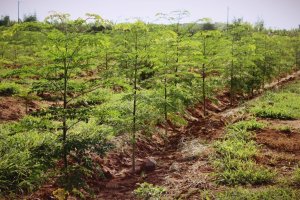
The Western world is adding Moringa into their daily diets. It is now considered to be a superfood because it helps lower blood pressure and aid sufferers of diabetes, gout, and cancers that can cause weight growth. It can also increase the sense of well-being, improving energy levels and reducing fatigue levels. Because it has high concentrations of zinc, it’s ideal for hair, skin, and nails.
Moringa is cultivated by planting seed (germination) in well-drained soil. Because it’s a subtropical and tropical area. You’ll have to be in the right conditions to nurture the Never Die plant. They don’t like cold and thrive in humid, hot conditions.
Moringa is a plant that has medicinal properties and is widely grown throughout Africa. It is also being grown in other tropical areas across the globe. It can be grown outside in USDA zones 9-12. Leaves can be consumed fresh or dried and added to meals. The oil and the leaves from the tree are rich in nutrition and also have the taste of spinach. The Never Die plant can withstand drought and helps combat malnutrition in children across Africa.
Sum it up
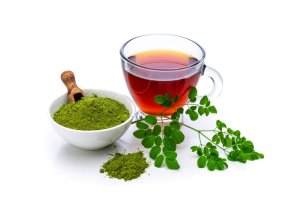
Are you looking to add an assortment of plants to your house or your garden? However, there’s a problem that a lot of what you plant ends with a horribly shriveled, dead. Before you abandon gardening for good, take a look at these 10 plants that even the most experienced plant-killer will be able to keep alive.
Succulents
Succulents are akin to the fish of the world of plants and do not require a lot of maintenance. They love the sun, but they are also hardy desert plants that prefer their individual needs. While they are most successful in the sunlight, there are varieties that can thrive in semi-shade. Here are our top three:
Cacti
There’s nothing less low-maintenance than the cactus. These small plants are an uphill task to take down. They’re ideal for pots as they are drought-resistant and love the sunshine (no surprises here). The best part is that there’s a wide range of shapes and colors to pick from.
Queens Agave
A succulent that is popular because of its appealing look, Queens Agave has thick green leaves with distinctive white marks. The leaves are soft to the touch, but they end with incredibly thick blackthorn. Maintain the Agave in a bright spot in well-drained soil.
Crassula the ovata Hummel’s Sunset
This adorable succulent features vibrantly colored foliage during winter. This means you will be able to enjoy shades ranging from green, with a reddish-blue outline to red, yellow, and pink. The plant can be grown in pots or in the garden but make sure to maintain it in full sun.
Maidenhair fern
They are an absolute need if you’re searching for an indoor plant that can withstand the elements. Simply put the pots in, and then leave them in a spot that has a filtered light source, like in the interior or on the deck. The best part is that if your fern becomes dying and shriveled and dead, just reduce it by about 2 to 4 centimeters off the bottom and give it a thorough watering, and then add some fertilizer, and voila! It will spring back to the life it was before.
Geraniums
This beautiful flower will leave you feeling as if you’ve returned from an unforgettable European holiday. It’s not just that Geraniums are vibrant all year long They’re also hardy. They are drought and heat-resistant and can be planted in pots or in a garden. Plant them in a bright spot and ensure you let the soil dry in between irrigations. Relax and relax.
Lucky bamboo
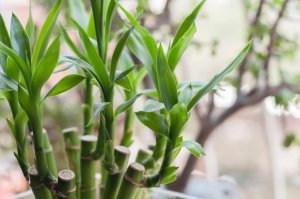
Four-o’clock flower
This beautiful plant is stronger than it appears. With blooms that appear later in the afternoon (hence its name) Four o’clock flowers have roots that can hold water, making them drought-proof. These vibrant flowers can be planted almost everywhere and, with the exception of regular pruning to prevent the straggly parts, they are relatively low-maintenance.
Parlour palm
The indoor-friendly plant performs by itself and is ideal for the unintentional plant’s owner. Parlour palms are tolerant of low and bright light, and (hooray!) require only a less water. They can reach one meter, and they are a beautiful plant to decorate your office or home.
SunPatiens
It is said that these vibrant flowers are actually a major breakthrough in breeding, as they are the only variety of impatiens that can stand the heat as well as humidity, sun rain, and shade. In terms of horticultural advancements, they are a wonderful multi-purpose flower that you can plant in your backyard or pots. They’re simple to care for and only require being supplied with a slow-release fertilizer and are well-watered once they’ve been established.
Kalanchoe Pinnata
Kalanchoe pinata is also known as cathedral bells, air plant, life plant, miracle leaf and Goethe plant, is a succulent native to Madagascar. It is a well-loved plant for the home and has been cultivated in subtropical and subtropical areas. The species is distinct due to the abundance of tiny plants that grow at the edges of its phylloclades. It is a trait it shares with other species of Bryophyllum (now part of the Kalanchoe).
- Bryophyllum calcicola (H.Perrier) V.V.Byalt
- Bryophyllum calycinum Salisb.
- Bryophyllum germinans Blanco
- Bryophyllum pinnatum (Lam.) Oken
- Cotyledon calycina Roth
- Cotyledon calyculata Sol. Ex Sims
- Cotyledon Pinnata Lam.
- Cotyledon rhizophylla Roxb.
- Crassula pinnata (Lam.) L.f.
- Crassuvia floripendia Com. ex Lam.
- Kalanchoe brevicalyx (Raym.-Hamet & H.Perrier) Boiteau
- Kalanchoe calcicola (H. Perrier) Boiteau
- Kalanchoe floripendula Steud.
This is an annual perennial plant that is about 1 millimeter (39 inches) tall with fleshy, cylindrical stems, and young growth of an emerald-reddish hue, and is in bloom throughout the year. The term “pinnata” is the feminine variant of “pinnata” which is the feminine form of the Latin word pinnatus which translates to “winged, pinnate”.
Chemical constituents
Bufadienolide compounds isolated from Bryophyllum pinnatum include bryophillin A, bersaldegenin-3-acetate, and bryophillin C. Bryophillin C also showed insecticidal properties.
The phytochemical study on Kalanchoe pinnata has revealed triterpenes as well as flavonoids, phenanthrene and steroid, and flavones. They also contain chalcones, flavones aurones, taraxasterol, caffeic acid, phenolic acid, syringic acids, malic, oxalic, and ferulic acid. Bufadienolides as well as phenanthrene are poisonous compounds. Two calves who were fed for 48 hours by K. pinnata were diagnosed as having passed away due to ataxia and serious arrhythmias in the heart.
